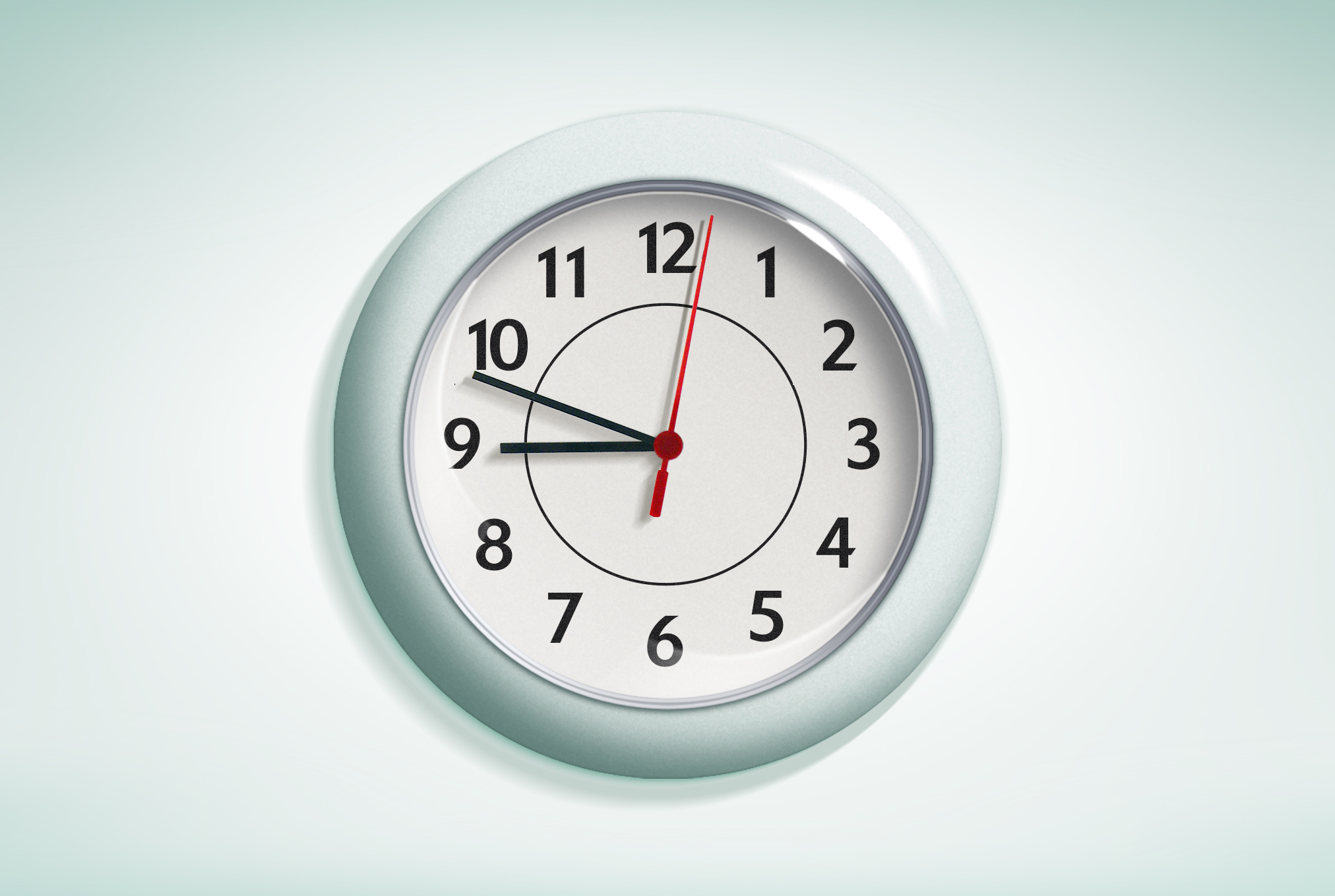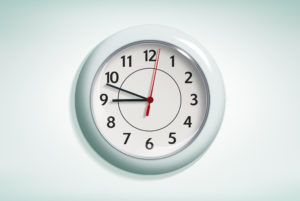 Somewhere along your path you no doubt have heard about right brains and left brains and how they are different. You probably instinctively know which way you lean. If not, go look at your spice cabinet. It will tell you! I get a lot of questions about the BEST way to organize a home office for the best productivity. The answer is as so many answers are – well, it depends. The good news is that you can use this insight into yourself for your own home office organization. The goal? To achieve the most productive and satisfying organization strategy in your own office so that you can spend your energies on your business.
Somewhere along your path you no doubt have heard about right brains and left brains and how they are different. You probably instinctively know which way you lean. If not, go look at your spice cabinet. It will tell you! I get a lot of questions about the BEST way to organize a home office for the best productivity. The answer is as so many answers are – well, it depends. The good news is that you can use this insight into yourself for your own home office organization. The goal? To achieve the most productive and satisfying organization strategy in your own office so that you can spend your energies on your business.
Views of Organization
Calvin Coolidge is said to have said, “The only difference between a mob and a trained army is organization.” Think about this. A trained army gets the job done efficiently – on time and under budget. A mob wastes stuff. An army can be massive but seem to work in unison striving for a common goal. A mob is just a lot of individuals doing similar things but acting individually. An army is directed – each soldier knows where to be, when to be there, what to do, and how to do it well. Individuals in a mob show up and make noise.
It’s the same with organization. It isn’t so much about how much stuff, but how each item works together towards a common goal, where it is, if it is available when needed, if it has a role and you know what that is, if it is useful and you know how to use it.
Some organization guru’s might tell you that to be organized, you have to downsize. They often say that you need to have a clean space for work and that everything needs to be hidden. That is definitely good advice for some. It might make others cringe. We each have a different type of brain. If you simplify it way down, we can each fall into right brain or left brain tendencies. Most of us probably fall into both camps to some extent. So, let’s focus on this assumption and dig a bit deeper: How do you organize for left brains and for right brains? The key here is that you do WHAT WORKS! Try some different strategies and assess your feeling of satisfaction and your productivity. This is the key. SEE WHAT WORKS FOR YOU!
Quick Anatomy Lesson
The brain is amazing. It is divided into two hemispheres that appear to be the same but work very differently. And they are designed to work differently but together. The theory is that most people are more dominant to some degree in the right brain or the left brain. This is just theory; however, you probably know where on the continuum you find natural, right? It is a pretty good theory and well studied. The first scientist to suggest this was Roger Sperry beginning in the 1960s. Many researchers have built on his work. There is still a lot we don’t know. There is a lot we do know as well.
The LEFT BRAIN does more:
- Sequencing
- Linear thinking
- Mathematics and calculating
- Depending on logic and facts
- Thinking in words
The RIGHT BRAIN is different. It does more:
- Imagining
- Thinking intuitively
- Appreciating of rhythm
- Holistic thinking
- Feeling
- Artsy fartsy stuff
- Daydreaming
We do know that one side isn’t really more active than the other in an individual and that you don’t use one side of your brain over the other. They work together. We do know that people with brain injuries on one side lose some of the functions of that side. It’s definitely complicated. We also know that for a given complicated action or thought process, you need both sides. For example, if you are measuring something, the left brain might dominate in doing the calculation where the right brain might dominate in making the initial estimate or comparing the measurement to something else.
Left Brainers
Many people tend to lean toward the left brain. Left brainers tend to strive for things to be more linear, sequential, categorized, structured, methodical, and logical. They tend to buy into the concept of “a place for everything and everything in its place” mantra. Their spices are often alphabetized. Their junk draw has dividers. Their closets are immaculate. Their floors are clear of clutter. You certainly know THAT person, right?
Color tends to be important to left brainers. They tend to be drawing to neutral colors that look organized, streamlined, and clean. Maybe they feed their artistic side with colorful highlights, trim, and focal points. (Remember that we all have two brains that work in concert!) Left brainers tend to look at the world in detail. It feels better if this detail is organized. The organized detail of a clean, well-organized desk is comforting and soothing.
Organization Solutions for Left Brainers
- Closed containers – shelving with doors, file cabinets, drawers, solid baskets
- Organizers (Think the Container Store!)
- Baskets that hide piles
- Doors and shelves
- A labeler
- A calendar that closes (or shuts down)
- Silence or white noise
Right Brainers
Right brainers tend to be creative and imaginative, color-loving, out in the open, and creativity-driven. The left-brain concept of what most of us see as organization may not come that easy for those who lean right. This, however, doesn’t mean that right-brainers aren’t or can’t be organized. They may need to do it in a different way.
Instead of alphabetized spices, or office supplies, or bookshelves, the visual appeal is far more important than the logic if it all. They tend to like the stuff they are working on out in the open. They tend to buy into the “out of sight out of mind” mantra. If it isn’t in sight, you might forget to work on it. This obviously is NOT GOOD for productivity. Right brainers tend to look at the world as a big picture as opposed to the detail, which can be somewhat overwhelming. The clean, well-organized desk is just not that interesting or stimulating.

Organization Solutions for Right Brainers
- Open and interesting storage shelves
- Wire baskets that allows seeing the contents
- Cubbies and rolling files
- Color – pictures, flowers, art, painted furniture file folders, hanging folders, – anything that is fun to look at throughout your day and draws you in to work
- Open windows
- Twinkly lights
- A calendar that stays open on the desk or wall and written in different colors
- A marker board with colored and different thickness markers
- Music that brings up the perfect emotion for the task at hand
- Organizers (again, think the Container Store) in sight, on the shelf, on the desk, next to the desk, etc.
So Now What?
So these lists represent the extremes of right and left braininess. A lot of us fall into the middle of that bell curve, or somewhere in the middle with right or left leanings. What do we do? Well, we do what works for us. Organization is definitely an important productivity strategy. The way we go about organizing can be and should be different.
- Try some open and closed storage strategies. Which are you drawn to? What makes you happy inside? Which ones stress you out?
- Try some color and visual stimulation. How do you feel when you walk into your home office at work time? When you think about working in your office, what is the first image that comes to you? Is it a “Come to me” image or an “I so wish it were my day off” image.
- Put an organizer in your drawer and on your desk. How do you use them? Can you easily find what you need when you need it? The goal is function and productivity.
- Check out the container section of a big store and see what items you are drawn to. Better yet, take a field trip and walk through a container section or store. Analyze each item based on how you feel and how you might improve productivity. (And don’t let them put you in a box! What other way could you use the item in your office than how it is marketed.)
- Move your furniture around. Face a different wall or face out from a wall. (I do this pretty often to change my perspective on work. It works! and so do I.)
Leave some tips in the comments below about what you have found to work and tell us if you are a right leaner or left leaner.

 When I tell people I have been working from home for almost 15 years, I get a lot of questions. Don’t you get lonely? How do you have the discipline? Don’t you get distracted by laundry and house cleaning? Do you wear your pajamas all day? One frequent question I get that surprises me is how do you track your time at work, especially when you have more than one client you must bill.
When I tell people I have been working from home for almost 15 years, I get a lot of questions. Don’t you get lonely? How do you have the discipline? Don’t you get distracted by laundry and house cleaning? Do you wear your pajamas all day? One frequent question I get that surprises me is how do you track your time at work, especially when you have more than one client you must bill.